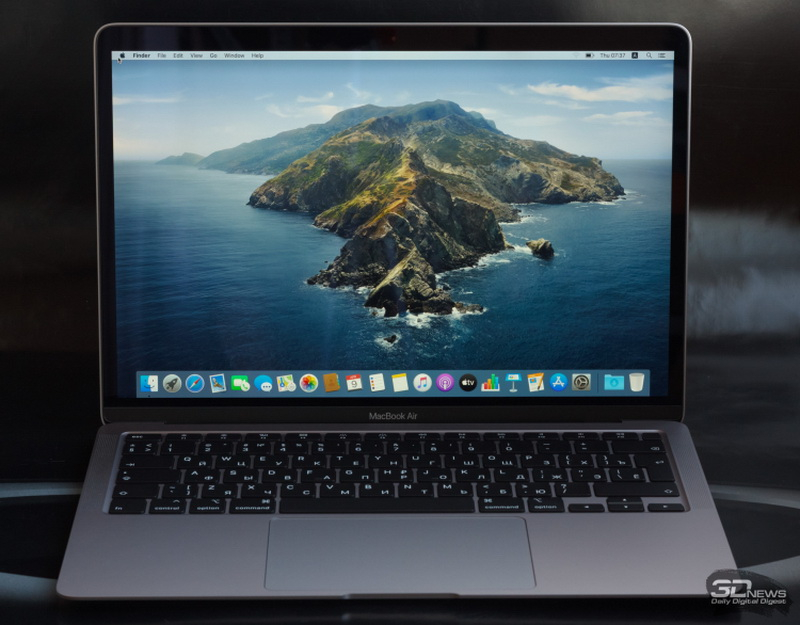Apple has added 12 more laptops and Macs to its vintage and legacy lists. This fact will affect the access to maintenance for users of these products.

The following products have recently been added to the list of so-called vintage Apple devices:
- MacBook Air (13-inch, Retina, 2018);
- MacBook Pro (13-inch, 2017, two Thunderbolt 3 ports);
- MacBook Pro (13-inch, 2018, four Thunderbolt 3 ports).
Apple classifies a product as vintage more than five years after it was discontinued. Apple Stores and Authorized Service Centers will not refuse to repair such products, but the level of assistance available will depend on the availability of specific parts for such devices. Since parts for these products are no longer available, repairs will depend on the availability of parts in stock.
Apple also added nine laptops and Macs to its list of legacy devices:
- MacBook (Retina, 12-inch, early 2016 release);
- MacBook Air (13-inch, early 2015);
- MacBook Pro (13-inch, 2016, two Thunderbolt 3 ports);
- MacBook Pro (13-inch, 2016, four Thunderbolt 3 ports);
- MacBook Pro (15-inch, 2016);
- MacBook Pro (Retina, 13-inch, early 2015 release);
- IMac (21.5-inch, late 2015);
- IMac (Retina 4K, 21.5-inch, late 2015);
- IMac (Retina 5K, 27-inch, late 2015).
The list of obsolete devices includes products that Apple stopped selling more than seven years ago. Apple stores and authorized centers usually do not accept such devices for repairs, but the ability to replace the battery is still available for three additional years. Typically, Apple adheres to a “write-off” schedule. For example, regular iPhone 8 models were sold until 2020 and therefore have not yet made it onto the vintage list. However, the special edition iPhone 8 RED was only on sale from April to September 2018, and is therefore classified as vintage.
Not all consumers like Apple’s approach to this classification of products, especially those who advocate for manufacturers to improve the repairability of their devices. It’s fair that any device in working order should be repairable, but at the same time, it doesn’t make sense for companies to continue producing old parts that they can’t use in current products.